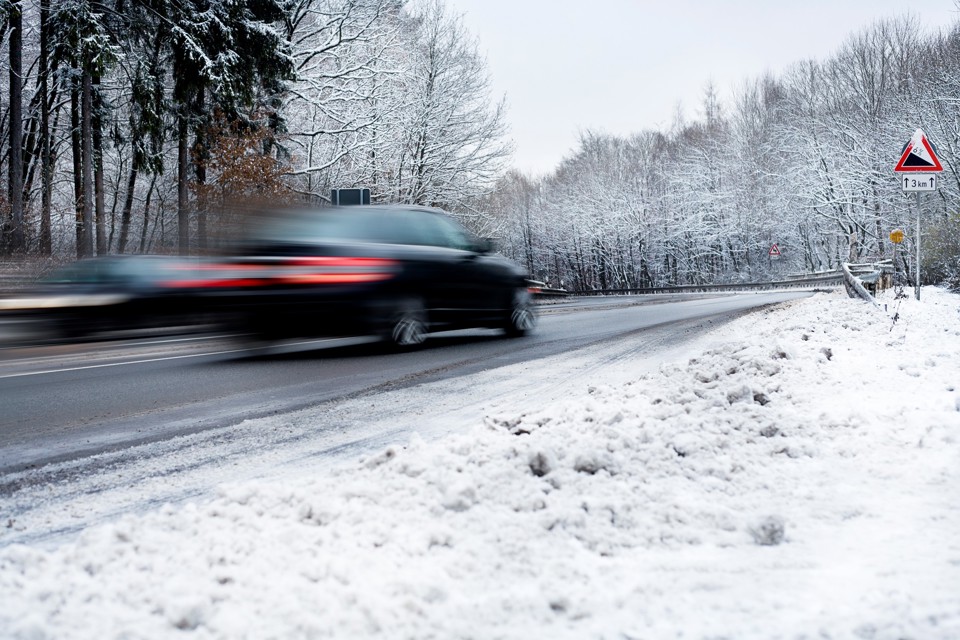This time last year there were 32% more personal injuries, 26% more incidents involving animals and 35% more involving multiple vehicles when compared to the six months prior, says LeasePlan UK.
Following analysis of its incident data from October 2017 to March 2018, LeasePlan UK is warning drivers of the increased risk they face.
The data shows a 10% increase in the number of accidents during the period, with a total of 10,150 reports received from drivers across the UK.
Severe weather conditions throughout the winter months was a key reason behind the rise, increasing the cost of average repairs by a third compared to the previous six months, it said
Chris Black, commercial director at LeasePlan UK, explained: “The data published today by LeasePlan UK is a crucial reminder of how important it is to take precautions when driving on the roads this winter.
“Increased traffic, combined with poor light and potentially icy and wet roads, can present some of the most challenging driving conditions for even the most experienced of drivers.
“Therefore, it’s essential to ensure your vehicle is road fit and that you always pay attention when behind the wheel.
“While we can’t always predict the weather, there are a number of safety measures we can take to lessen the chances of an incident occurring.”
To help you stay safe on the roads this winter, LeasePlan UK has put together 10 tips for driving this season:
- High gear, low revs - When setting off, using a higher gear will give you more control over the vehicle and in slippery conditions avoid using first gear if possible.
- Take your time - When driving in snow avoid high revs, but don’t drive so slowly that you risk losing momentum and becoming stranded.
- Skidding - If you do get into a skid in snow or ice, it may seem counter-intuitive, but take your feet off the pedals and steer the vehicle to safety. Only use your brakes when it is not possible to steer your way out of trouble.
- Braking - Triple the normal braking distance and allow enough space to stop slowly, using a low gear earlier than normal and gently applying the brakes.
- Roads - Try and stay on the main roads, as these are more likely to have been gritted and cleared by a steady flow of traffic.
- Visibility - If you have to drive in heavy snowfall, use dipped headlights or fog lights, but remember to turn them off when conditions improve.
- Potholes - Potholes are more likely to appear following freezing temperatures and may be difficult to see in snow or flooded areas. Not only can they cause damage to your vehicle, but also temporary loss of control.
- Fog - Fog can quickly appear causing a sudden loss of visibility. If this happens, it’s important to slow down – but don’t just slam on the brakes as this could cause a collision. Gradually reduce your speed, keep your distance and use fog or dipped headlights until conditions improve.
- Flood water - During the winter months and into spring, flood waters can appear as a result of heavy rain or melting snow. Wherever possible, avoid driving directly through the deepest water which is normally near the kerb. Take your time, avoid sudden acceleration and test your brakes a few times before you increase your speed again.
- Be prepared - It may seem a little extreme to carry an emergency kit with you, but winter weather can be unpredictable. Pack for every eventuality and ensure you have the following: phone charger; warning triangle; spade; winter boots; warm clothing; hi-visibility vest; de-icer and scraper; shovel; tow rope; torch; food and drink.





















Login to comment
Comments
No comments have been made yet.